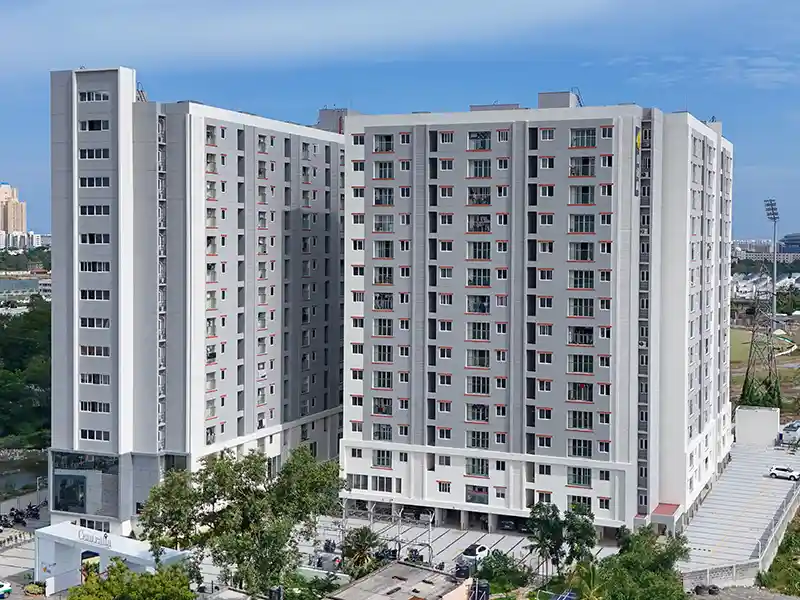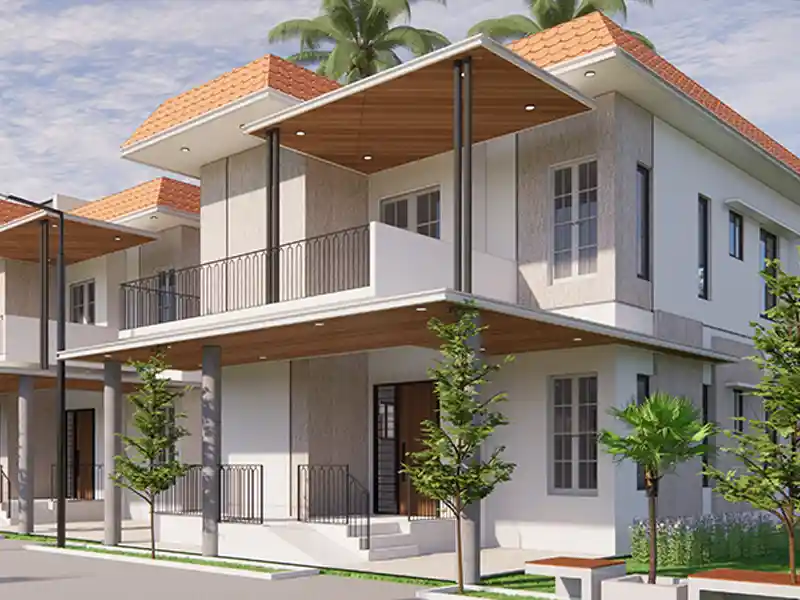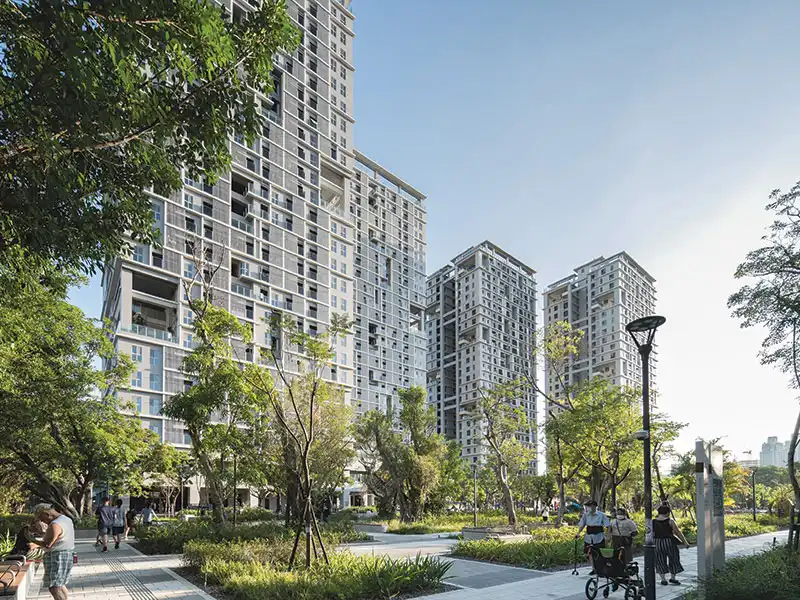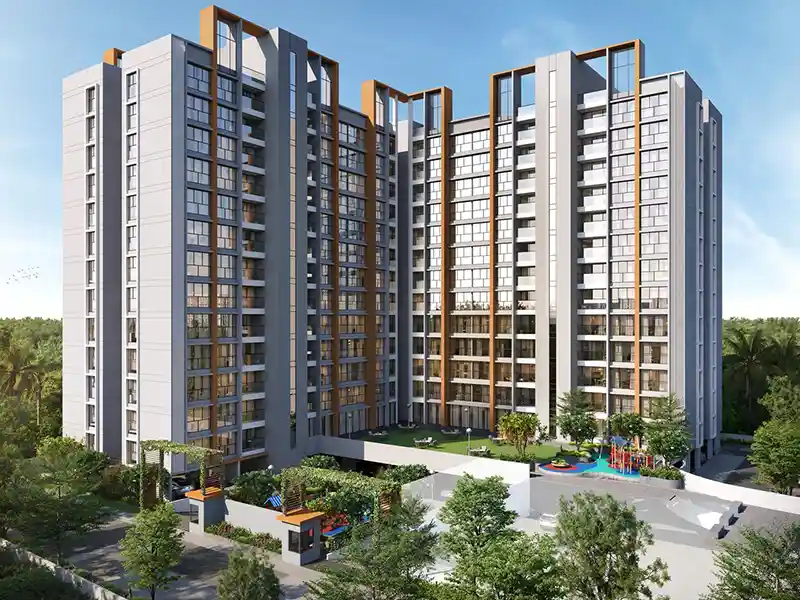2019 was an eventful year for building material industry. While the real estate sector witnessed a muted growth the thrust from the government on infrastructure development acted a great stimulus for the industry. The increased spend and focus on infrastructure development saw the sector witnessing a healthy growth. Initiatives like housing for all, setting up of dedicated freight corridors, metro rail projects; AMRUT, smart Cities and up-gradation of roadways have all bolstered the demand for building materials.
A key building material that has witnessed positive momentum in 2019 was ready mix concrete. The adoption of white toppings and cement for the construction of roads has helped ready mix concrete positively. Further, ceramic tiles, robo sand and uPVC also witnessed a positive growth this year. In fact, the ruling by the National Green Tribunal in March wherein it banned the use of coal-based gasifiers removed the unjust price advantage the unorganised sector had and paved the way for better growth for the organised players. The growing thrust on low maintenance and eco-friendly building materials had created a significant interest and demand for uPVC window and door profiles from the market. The uPVC window and door market in India grew by 10-15% 2019.
In fact, with positivity returning to the real estate sector, 2020 is expected to be an even more interesting year for the building material industry. The government’s thrust on improving the real estate sector by setting up of a Rs 25,000-crore alternative investment fund (AIF), reducing the GST on under construction properties etc will all start taking shape and will push the building material industry on the growth trajectory. According to the industry report by IBEF, by 2022 India is set to become the third largest construction market of the world. The report further goes on to state that the development of world class infrastructure will lead to 9-10% growth of the Indian economy. This favourable eco-system is expected to have a ripple effect on the building material industry as well.
There is a growing thrust on low maintenance, sustainable and eco-friendly building materials that are also cost-effective
Ashwin Reddy, Aparna Enterprises
While the outlook is positive, for the optimism to turn into reality will an improvisation of ease of doing business as well. It will call for rationalisation and further streamlining as well as effective execution of taxes and policies. For instance, a comprehensive implementation of GST irrespective of the size of the business is the need of the hour. The government can enable this is by improving the IT infrastructure, simplifying the returns and rules. Further, the government should take measures to provide training and orientations to new and small businesses and help them to be GST compliant.
Furthermore, the government should create a conducive environment for businesses that are aiding the development of infrastructure. Many times, companies face issues due to delayed execution of government policies and judiciary decisions. A timely resolution of redressals can often save companies from going bankrupt. Continuity and honouring of contracts is also crucial to sustain the growth momentum. The central government should also ensure that the new state governments do not scrap pre-existing agreements and projects.
Another key area that has a profound impact on the building materials industry is funding. The government should also make alternative channels for funding as NBFCs currently are not in a position to take further exposures. There should be consistency in the tax laws and enhance the confidence of foreign investors. A report by IBEF states that India requires investments worth Rs 50 lakh crore (US$ 777.73 billion) in infrastructure by 2022 for sustainable development. Additionally, the reduction in personal tax rates will further encourage the consumption and create a demand, directly boosting the output of the industry and making the 5-trillion dollar vision a reality.
















